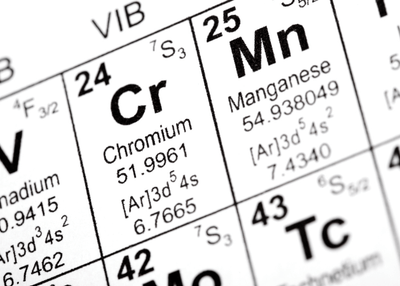Analies Ross-Dyjak | Water Nerd
**Updated March 24, 2020 to include new chlorine switch dates
Our Water Nerds have received a ton of questions about a noticeable change in the taste and smell of Washington DC's tap water. While we've heard lots of interesting hypotheses, what's really happening is that the Washington Aqueduct (where DC Water purchases water from) has recently switched over its disinfectants from chloramine to chlorine, for an annual "spring cleaning" of the distribution lines. DC residents can expect funky-tasting water from March 23-May 4, 2020.
How Are Chloramine and Chlorine Different?
We answer this question in much more detail in a different post, but here's the skinny on chlorine in drinking water: Like a growing number of US cities, Washington, DC uses chloramine as the primary disinfectant for a couple of reasons:-
Chloramine persists longer in the distribution system, so it does a better job killing bacteria in areas of the water distribution system that are near the end of the pipes, or don't have as high of flow as other areas.
-
It forms fewer disinfection byproducts in the presence of organic matter.
-
Chloramine-treated water doesn't have as strong of a taste as chlorine-treated water.
While these are all great reasons to use chloramine, most cities that use chloramine undergo a more aggressive disinfection cycle for a few weeks each year (aka "Spring Cleaning").
What Are The Impacts of Switching to Chlorine?
People often find that the water tastes and smells like pool water during the disinfectant switch, in addition to your bathroom smelling like swimming pool's locker room after showering. If you want to fix this problem... you have a couple of options that don't involve bottled water (horrible for the environment and less regulated than tap water!).-
Get a water filter that's designed to handle it (and lead, chromium 6, VOCs...)!
-
If you let chlorinated tap water sit in a pitcher overnight, a good amount of the chlorine taste and smell will go away. However, many people find that the water tastes "stale" when this happens (from the less volatile disinfection byproducts).
When Will Washington, DC's Water Switch Back Over to Chloramine?
The "Spring Cleaning" period is scheduled to take place from March 23 until May 4, 2020. After May 4, the water utility provider will switch the disinfectant back over to chloramine. Until then... non-Hydroviv users will just have to hold their noses!
Other Great Articles We Think You'll Love:Tap Water Chlorination: The Good, The Bad, The Unknown
What Are Disinfection Byproducts and Why Should I Care?
Fluoride in Municipal Tap Water: What You Need To Know







